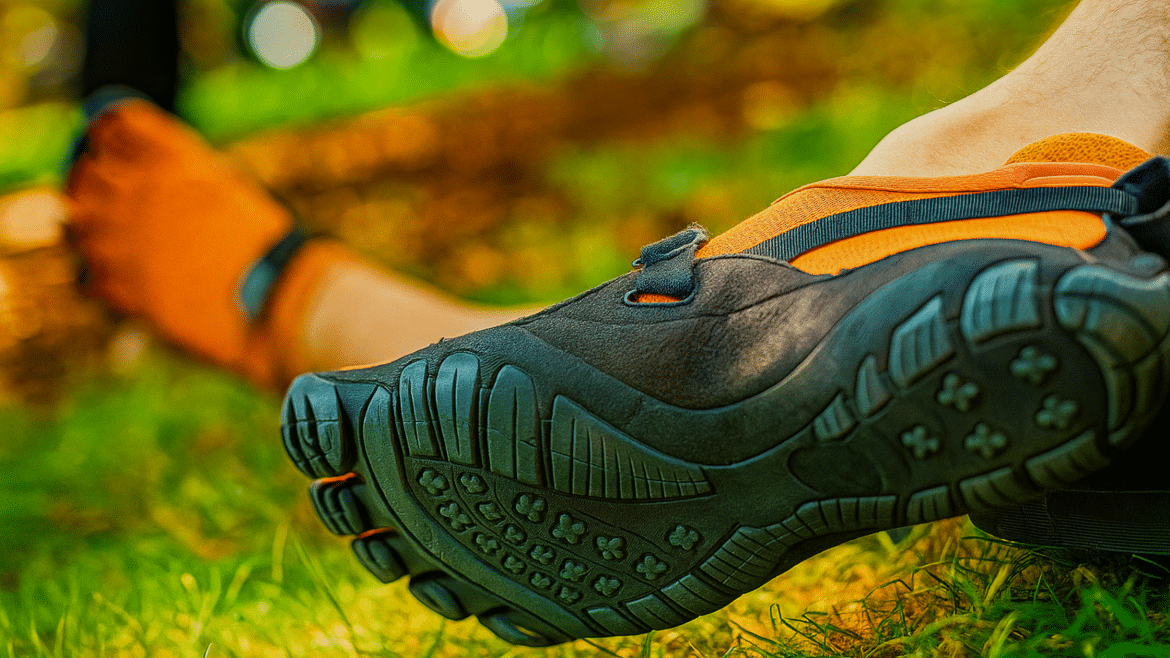 Oct
23
Oct
23
Minimalist Running Gear: Choosing a Kit for Functionality Over Fashion
- 23 October 2025
- 0 Comment(s)
Running is still one of the globe’s favorite ways to get in shape. Approximately 50 million Americans jog or run on a regular basis, and this indicates how numerous individuals require functional, practical kits over gimmicks. Minimalist running is concerned with the process of making the most out of the least in terms of comfort, efficiency, as well as the safety of the kit. This approach will reduce cost, congestion, and noise and allow runners to concentrate on structure and achievement. Here’s a hands-on guide to selecting minimalist running gear for actual workouts, not window shopping.
What is Minimalist Running?
Minimalist running is all about light, low-profile gear and shoes that promote a natural stride and close ground sense. It’s not about bare-bones risk-taking. It’s about selecting functional running gear that aids biomechanics, thermoregulation, and safety. Runners typically cross-train slowly into minimalist shoes to prevent overload and injury.
Top 5 Essentials to Include in Minimalist Running Gear
Barefoot Running Shoes
Minimalist or barefoot-type shoes have less cushioning and thinner midsoles. Advantages are enhanced proprioception and, for many, a more midfoot strike. Evidence is conflicting on the reduction of injury; the secret is a gradual transition and focus on form. Start with short to medium runs. If you go too quickly on the transition, you can overload the calf or Achilles.
Buying guide: low heel-to-toe drop, soft sole, space in the toe box, tough outsole for your usual terrain.
Lightweight Topwear
A minimal running gear consists of topwear that requires the ability to regulate moisture and heat using the fewest seams and least volume. Find out the sweat-wicking, fast-drying clothes. Features that are easy to notice: flat seams, reflective trim in the case of early morning running, and fit under the armpits and the chest. Performance clothing of good quality will increase comfort and help to keep focused on training instead of fixing clothes.
Bottomwear
Bottoms are all about functionality and fit, and minimalist tights and shorts employ compression and body-mapped panels strategically. Steer clear of deep pockets or unnecessary zips. If you do run in the cold, one thin, wind-stopping layer is preferable to several thick layers; it maintains the low profile while keeping out the heat loss.
Running Belt
A thin running belt is a substitute for cumbersome backpacks. Pick one with a low bounce factor and sufficient space for your phone, keys, and a couple of gels. Some belts include a small water bottle. For most runs that are less than an hour, you won’t need more than a small belt to keep your hands free and aerodynamic.
Hydration and Nutrition
Minimalist hydration is concerned with small, functional answers: handheld water bottles, a small belt bottle, or route planning with water stops. It runs longer than 60 minutes, packs one gel and a small hydration solution. Overpacking negates the minimalist goal and adds fatigue.
The Bottom Line
The ability to choose minimalistic running gear is a performance aspect rather than a fashion choice. Every piece: footwear, clothes, or equipment, should serve a purpose. Investing in meaningful running clothes reduces the number of distractions, provides maximum comfort, and can be moved more effectively. Breathable, lightweight, and durable performance running garments ensure that you are focused on every step you take. When culling down your running gear essentials, you build a set that is purposeful, resourceful, and made to be a long-term investment. You can also go for trustworthy brands such as TD Sportswear to make custom sports clothing to make your minimalist running more performance-appropriate. Go small, choose intentionally, and experience the freedom of running with less.
Frequently Asked Questions About Minimalist Running Gear
Why choose functionality over fashion in running gear?
Functionality guarantees comfort, breathability, and running efficiency. Functional running gear reduces distractions, avoids chafing, and enhances endurance, whereas fashion tends to look for style rather than performance. When it comes to running, functional design focuses on stride and comfort, not looks, allowing runners to enjoy regular, injury-free training sessions.
Can minimalist running gear still look good?
Yes, today’s minimalist running gear pairs sleek looks with high-tech materials. Clean cuts, neutral hues, and intelligent detailing present a lean, professional look. Such ensembles balance style and functionality, demonstrating that runners can have both performance and fashion without the aid of bulky, ornate, or constricting clothing.
What fabrics are best for minimalist running clothing?
Choose moisture-wicking, lightweight, and fast-drying materials like polyester, nylon, or merino wool. They regulate sweat, reduce chafing, and allow for breathability. Recycled synthetic or merino-blend performance running wear increases comfort and thermal regulation while retaining durability and environmental responsibility, perfect for short and long runs.
Can minimalist gear work for long-distance runs or marathons?
Yes, if prepared. For far distances, organize hydration and fuel, and experiment with equipment on lengthy training runs. Minimal gear and lightweight gear can ease fatigue, but the pack must cover your hydration and fueling requirements. Trends in racing indicate runner involvement continues to be high and diverse; most marathoners prefer minimalist kits for economy and comfort.
